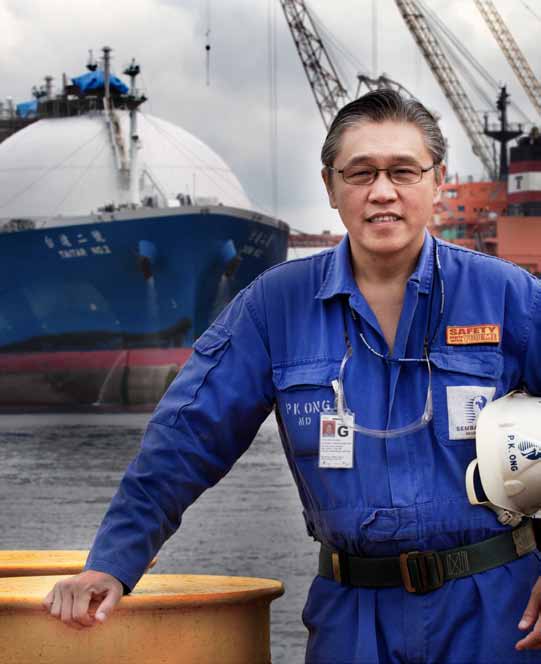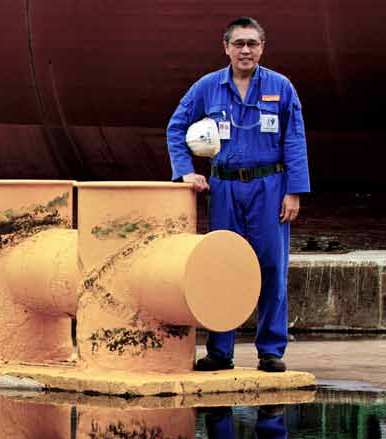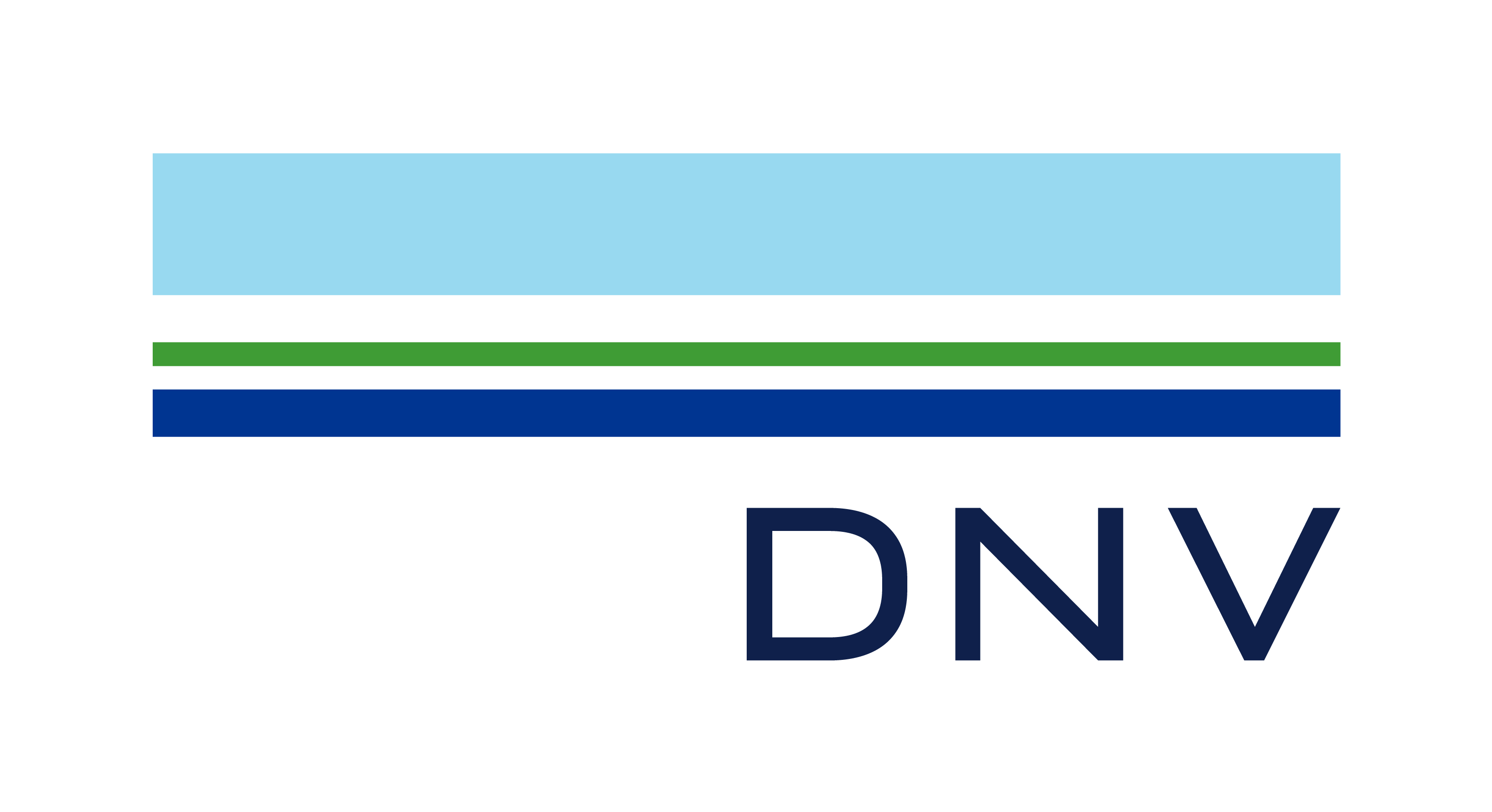
Aiming for HSE Excellence
|
Sembawang Shipyard in Singapore is among the world’s leading ship repair and offshore yards, serving many oil majors and international shipowners and operators. Managing Director Ong Poh Kwee has a clear ambition to stay ahead of the competition. “We now benchmark against the oil companies and not the shipyards. This brings us into a league with tougher requirements and an uncompromising focus on health, safety and the environment (HSE). DNV’s International Safety Rating System (ISRS) has helped get us there.” |
|
|
Sembawang Shipyard, which was established more than 40 years ago, is an established world leader in LNG carriers, passenger ships, chemical tankers, offshore conversions and other work where great skills and high safety standards are applied. With some 2,500 employees and 6,000 contractors at the yard, Sembawang repairs in the range of 220 ships and offshore structures every year. The benefit of being based in Singapore is the strategic location. “To us as a major ship repair and offshore yard, Singapore ensures us critical mass. Many of the most complex conversions in the world are being done in Singapore. And we have chosen excellence in HSE as a differentiator and a means to build a sustainable culture in the shipyard,” says Ong Poh Kwee. “By having companies like BP and ConocoPhillips as customers and partners, we work with organisations that are truly demanding. “Our focus on HSE actually filters out customers we want. Oil majors and leading ship owners and ship managers with stringent HSE requirements feel comfortable with us. 86% of our customers are repeat customers. In the longer run, this develops into partnerships rather than traditional customer relations,” he says. ISRS a framework “Culture is like air,” says Mr Ong. “We know it’s there, but we can’t see it. Still, we are totally dependent on the company’s culture. That’s why I have spent a considerable amount of my time on people issues. I wanted to find a way to tickle the minds of our workers. They should reflect on safety, how they move around, how they balance. They should look for and talk about improvements. That’s when ISRS came up as a framework to guide us in our improvement process,” he says. “Back in 1993, we set up a project with DNV in which we structured our HSE work according to the ISRS systematics. What fascinated us was that ISRS audits were not the traditional sort of audits. They actually contributed to real improvements as, unlike a typical HSE certification process, ISRS measures performance and improvements. We had already been doing a lot of what was in ISRS. But there was also a lot that we had not been doing, and that helped us to develop our HSE efforts.” |
“We have chosen excellence |
|
“ISRS serves as the backbone |
|
|
Mr Ong is quite clear: “Our oil company partners also have lots of good practices. They were open to us and eager to show us their ways of working. We brought into Sembawang important learning from the oil companies and from DNV. Actually, we have been like a sponge. We have learnt from those who bring something to the table. ISRS became an important building block for our own HSE system and practice. It represents a framework, but does not tell us how to do the work.” After 19 years of using ISRS, Sembawang last year adopted the ISRS 8th Edition. Over the years, Sembawang has also enriched the ISRS framework by introducing innovative safety practices and programmes while adapting the framework to the shipyard’s processes. In its 2012 assessment, Sembawang achieved Level 7, which is the highest rating awarded to any shipyard in the world and benchmarked to leading oil and gas companies. In addition, the shipyard was one of the first in South East Asia to be certified according to OHSAS 18001 on occupational health and ISO 14001 covering the environmental management system. “We are located next to residential areas and on the border between Singapore and Malaysia. That means we have to take environmental measures that go far beyond what our competitors normally face,” says Mr Ong. Sembawang Shipyard has also pioneered the “Green Wave Environmental Care Project for Schools” since 2003, a programme that reaches out to schools throughout the country and encourages innovative ideas to save the environment. This national level outreach receives strong participation and support from the primary to tertiary levels. Mr Ong concludes with the following: “ISRS serves as the backbone of our organisation’s HSE system. However, in order to continue along our journey to build a strong HSE culture, we need to keep on emphasising the need for a strong focus on people issues. Over the years, we have implemented a number of initiatives to ensure our staff pay attention to and are engaged in occupational health, safety and the environment.” |
|
|
ISRS in brief |
|
Date: 1 June 2012
Author: Tore Høifødt
Source: DNV Forum no. 2, 2012
Backed up: 1 Aug 2014




